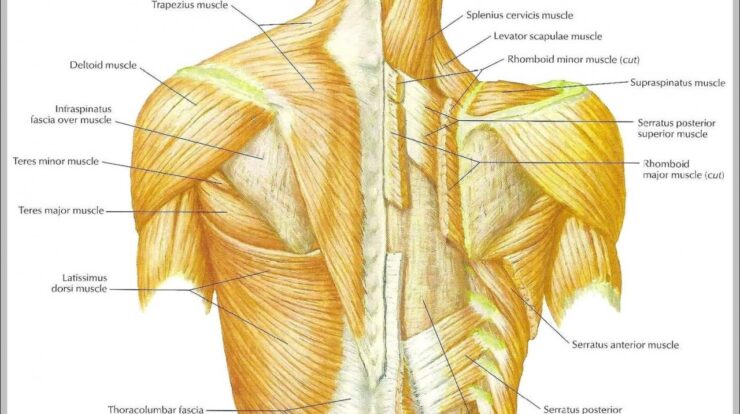
Pico measurement, the art of quantifying minuscule values, has revolutionized countless industries, empowering scientists, engineers, and researchers to delve into the intricate details of the physical world. From microelectronics to biotechnology, pico measurements provide unparalleled insights, enabling breakthroughs and advancements.
This comprehensive guide delves into the fundamentals of pico measurement, exploring its techniques, challenges, applications, standards, and future trends. Join us as we unravel the complexities of this captivating field.
Pico Measurement Overview
Pico measurements involve the precise quantification of extremely small electrical signals, typically in the picoampere (pA) or picowatt (pW) range. These measurements are crucial in various scientific and engineering disciplines, including nanoscience, electronics, and biomedical research.
Pico measurements find applications in studying the behavior of nanoscale devices, characterizing the performance of electronic circuits, and analyzing the electrical properties of biological systems.
Techniques for Pico Measurement
- Electrochemical Impedance Spectroscopy (EIS):EIS involves applying a small sinusoidal voltage to a sample and measuring the resulting current. The impedance of the sample can be determined from the phase shift and amplitude of the current.
- Scanning Probe Microscopy (SPM):SPM techniques, such as atomic force microscopy (AFM) and scanning tunneling microscopy (STM), use a sharp probe to scan a surface. The probe’s interaction with the surface can provide information about its electrical properties.
- Lock-in Amplifiers:Lock-in amplifiers are used to amplify and demodulate signals at a specific frequency. This allows for the detection of very small signals in the presence of noise.
Challenges in Pico Measurement
Pico measurements are challenging due to the extremely small signals involved. Sources of noise, such as thermal noise and shot noise, can significantly affect the accuracy and precision of measurements.
To overcome these challenges, careful experimental design and specialized equipment are required. Shielding, grounding, and proper signal conditioning are essential for minimizing noise and ensuring reliable measurements.
Applications of Pico Measurement
- Nanoscale Device Characterization:Pico measurements are used to study the electrical properties of nanoscale devices, such as transistors, nanowires, and quantum dots.
- Electronic Circuit Testing:Pico measurements are employed in the testing and characterization of electronic circuits, including amplifiers, oscillators, and filters.
- Biomedical Research:Pico measurements are used in the study of biological systems, such as ion channels, neurons, and cells.
Pico Measurement Standards
Standardization is essential in pico measurements to ensure accuracy, reproducibility, and comparability of results. International standards, such as ISO/IEC 17025 and IEEE 1451, provide guidelines for the calibration and validation of pico measurement equipment and techniques.
Future Trends in Pico Measurement
Advancements in technology are driving the development of new techniques and instrumentation for pico measurements. Emerging trends include:
- Quantum Sensing:Quantum sensing techniques promise enhanced sensitivity and precision in pico measurements.
- Miniaturization:The development of miniaturized sensors and instrumentation enables pico measurements in compact and portable devices.
- Data Analytics:Advanced data analytics techniques are being applied to improve the accuracy and interpretation of pico measurement data.
Last Word

Pico measurement continues to push the boundaries of scientific inquiry, promising even greater precision and accuracy in the years to come. As technology advances, we can expect to witness groundbreaking applications that harness the power of pico measurements to solve complex problems and unlock new possibilities.
FAQ Explained
What is the significance of pico measurements?
Pico measurements enable the precise quantification of extremely small values, providing invaluable insights into the behavior of materials and systems at the nanoscale.
What are the challenges associated with pico measurements?
Pico measurements pose challenges due to the extremely small signals involved, requiring specialized equipment and meticulous experimental techniques to minimize noise and ensure accuracy.
How are pico measurements used in semiconductor testing?
Pico measurements are crucial in semiconductor testing, allowing for the characterization of electrical properties at the device level, ensuring the reliability and performance of integrated circuits.





